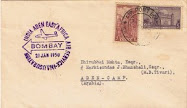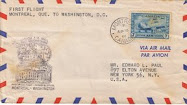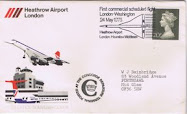The early years of the 20th century were the most exciting and significant in the development of aviation. There were epic flights made among others, by the Wright brothers, Santos-Dumont, Louis Bleriot, Henri Farman, the Voisin brothers, Leon Delgrange, Breguet brothers etc. They built and flew airplanes. There were British pioneers like A.V. Roe, Geoffrey de havilland, T.O.M. Sopwich, Grahame-White. American pioneers included S.F. Cody, Glenn Martin, Langley and Glenn Curtiss. Many of these names became famous in later years.
The Wright brothers were the first to fly but there were several others who were working on flying machines of one kind or the other for years before that. One of them Clement Ader made an airborne hop under power for a distance of about 50m. Ader made a large steam powered machine he called 'L'Eole' in which he made a series of hops in 1890. But none of these could be termed as 'flown'. He designed, constructed and tested Ader Avion II in 1893 which met with little success as with the later Ader Avion III in 1897. He can be seen on a Mauritanian stamp issued in 1977:
In 1901 Wilhelm Kress, an Austrian who had experimented with balloons and airships, made his first attempt at flying on Lake Tullnerbach, near Vienna, in a tandem winged aircraft of his own design. It had two airscrews and was mounted on floats but the motor was much too heavy to lift the machine and a sudden tilt wrecked it beyond repair. Kress can be seen on Austrian air stamps of 1922-23.
The Demoiselle is featured on a stamp issued by Cambodia to mark the 120th birth anniversary of Santos-Dumont.
Santos-Dumont's 14 Bis is shown at the lower part of this stamp issued by Zaire.












No comments:
Post a Comment